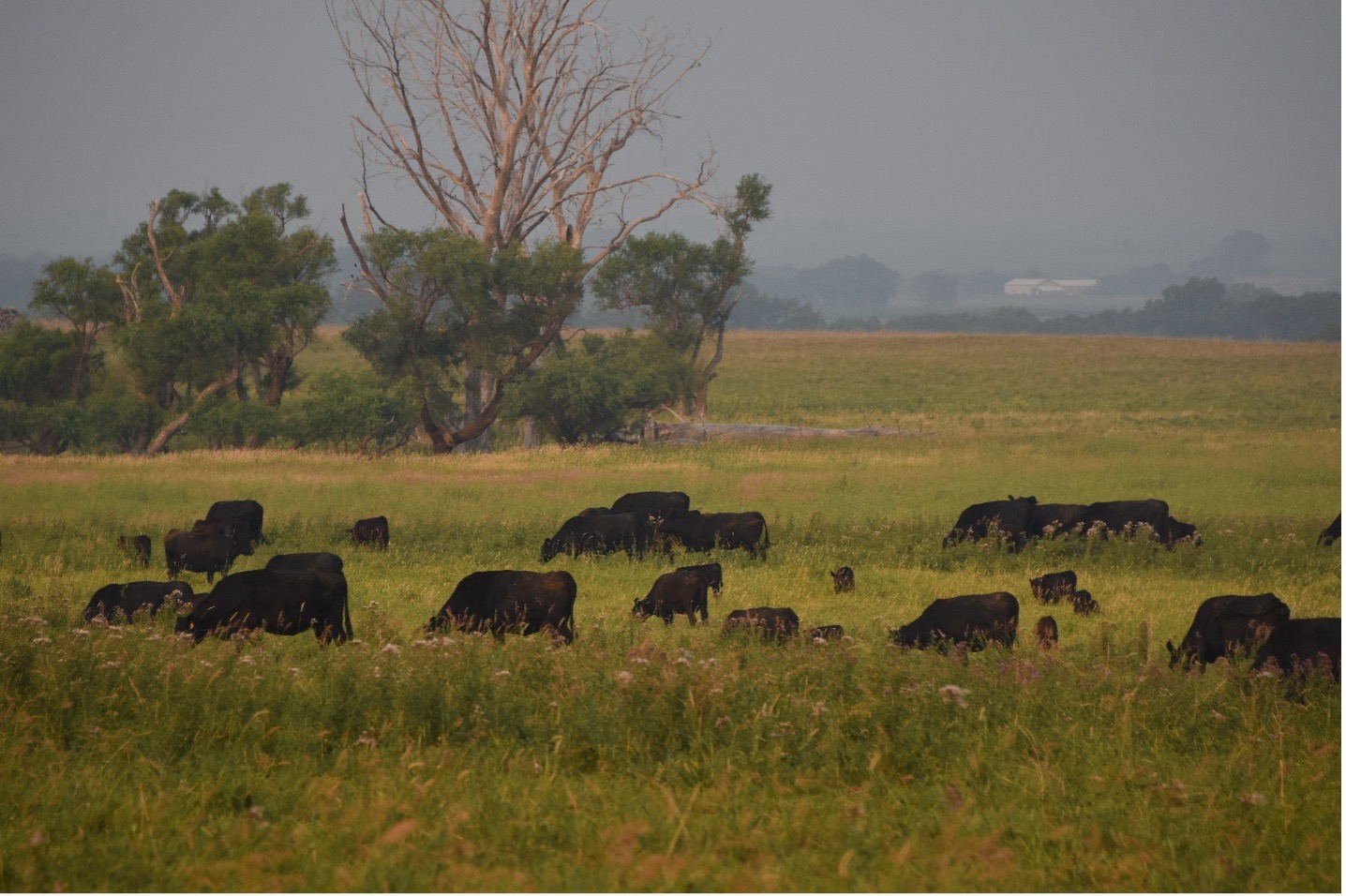Soil Health Isn’t Just for the Southeast: Lessons from the West

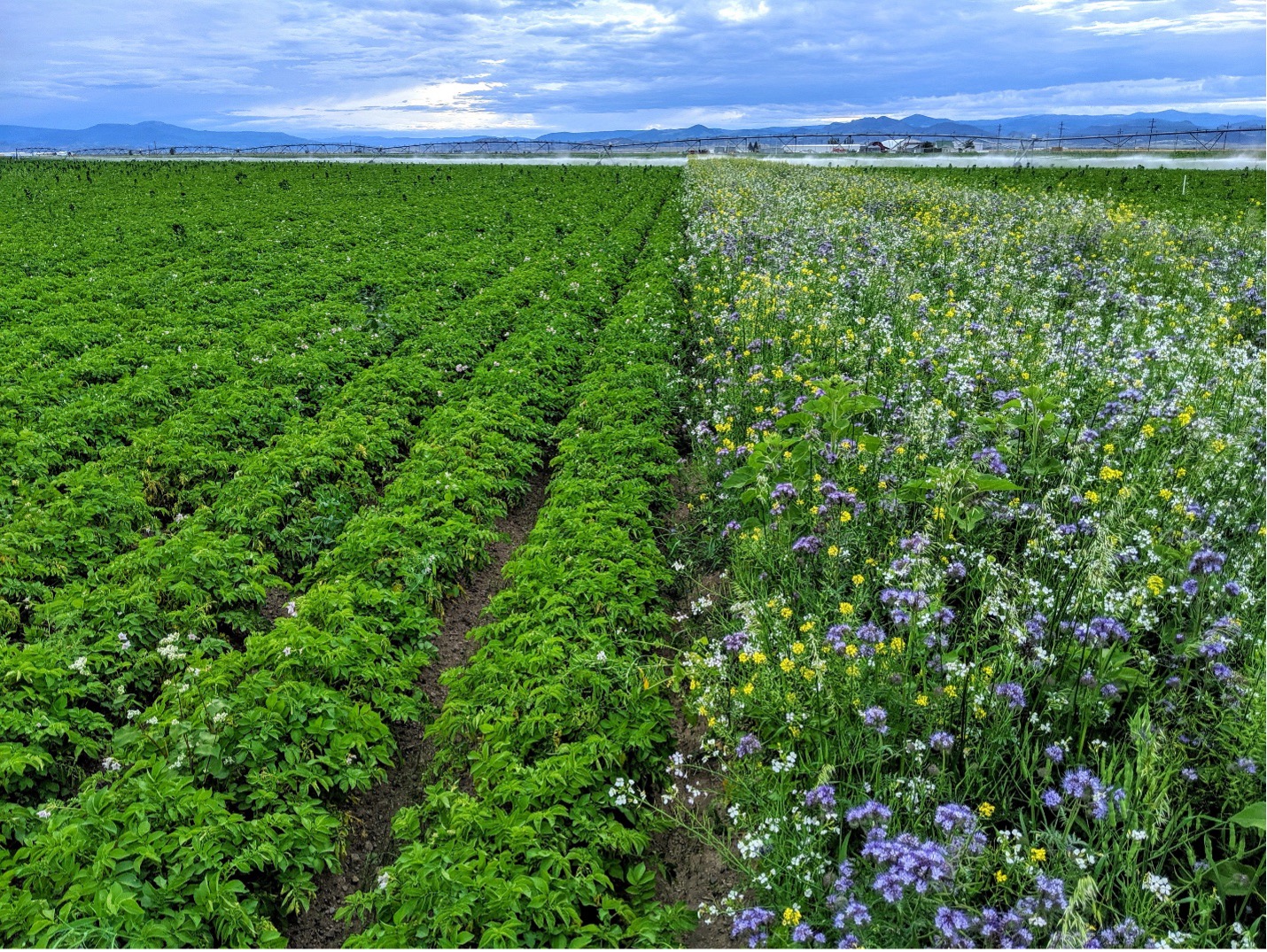
When we talk about soil health, the conversation too often stays local; focused on our region, our crops, our climate, our own land. But starting this week, we’re flipping the lens. We’re launching a new blog series that takes a look at how soil health is being practiced in some of the toughest agricultural regions in the Western United States. The series is grounded in our How To Soil Health video series, which captures voices from real farmers and ranchers out west who are doing the work, seeing results, and proving that soil health isn’t just a Southeastern phenomenon, but that it’s a universal solution.
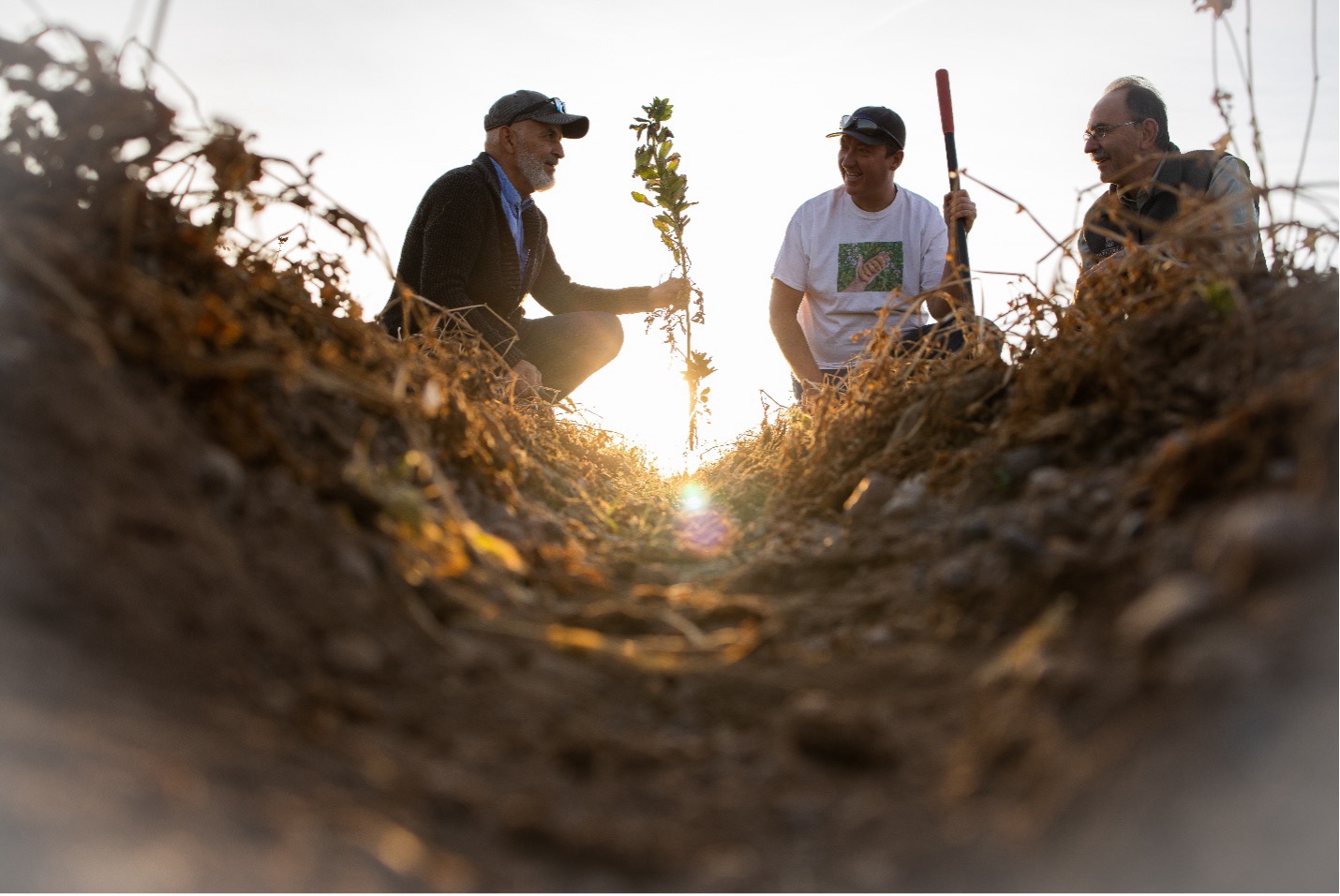
Yes, things are different in the West. In many cases, farming operations in the western U.S. are larger, and the challenges they face are just as big. We’re talking about drought, high winds, blistering heat, saline soils, low organic matter, high-pH calcareous soils, and sometimes, the absence of any rainfall at all. These aren’t easy conditions for any agricultural system. And yet, what’s striking is that even under this pressure, soil health practices are transforming operations.
As Rudi Garcia from USDA NRCS says in our kickoff video, “If you're dealing with compaction, with salinity, high infiltration rates… that's a symptom of a dysfunctional soil. Soil health is the root cause – and how you fix it.”
That last part is key: soil health isn’t just a diagnosis. It’s a prescription. The farmers and ranchers featured in this series are using that prescription to overcome some of the most daunting production obstacles in American agriculture.
Seeing the System, Not Just the Symptoms
One of the biggest lessons from these western producers is their understanding that soil health isn’t about applying quick fixes to individual problems, bur rather, it’s about seeing the whole ecological system. Salinity? That’s not just a soil chemistry issue. It’s a reflection of how water moves through the soil, how roots are growing (or not), and what kind of microbial life is present. Compaction? It’s not just a physical barrier, it’s the result of how the land has been managed over time.
In other words, these growers are reading the land not symptom by symptom, but as a system.
That holistic mindset is what makes soil health so powerful. It’s not a one-size-fits-all input. It’s a way of managing and interacting with your land that improves water infiltration, nutrient cycling, crop resilience, and ultimately, long-term profitability. Whether you're in South Carolina or New Mexico, Nebraska or Arizona, the benefits are real, and they’re adaptable.
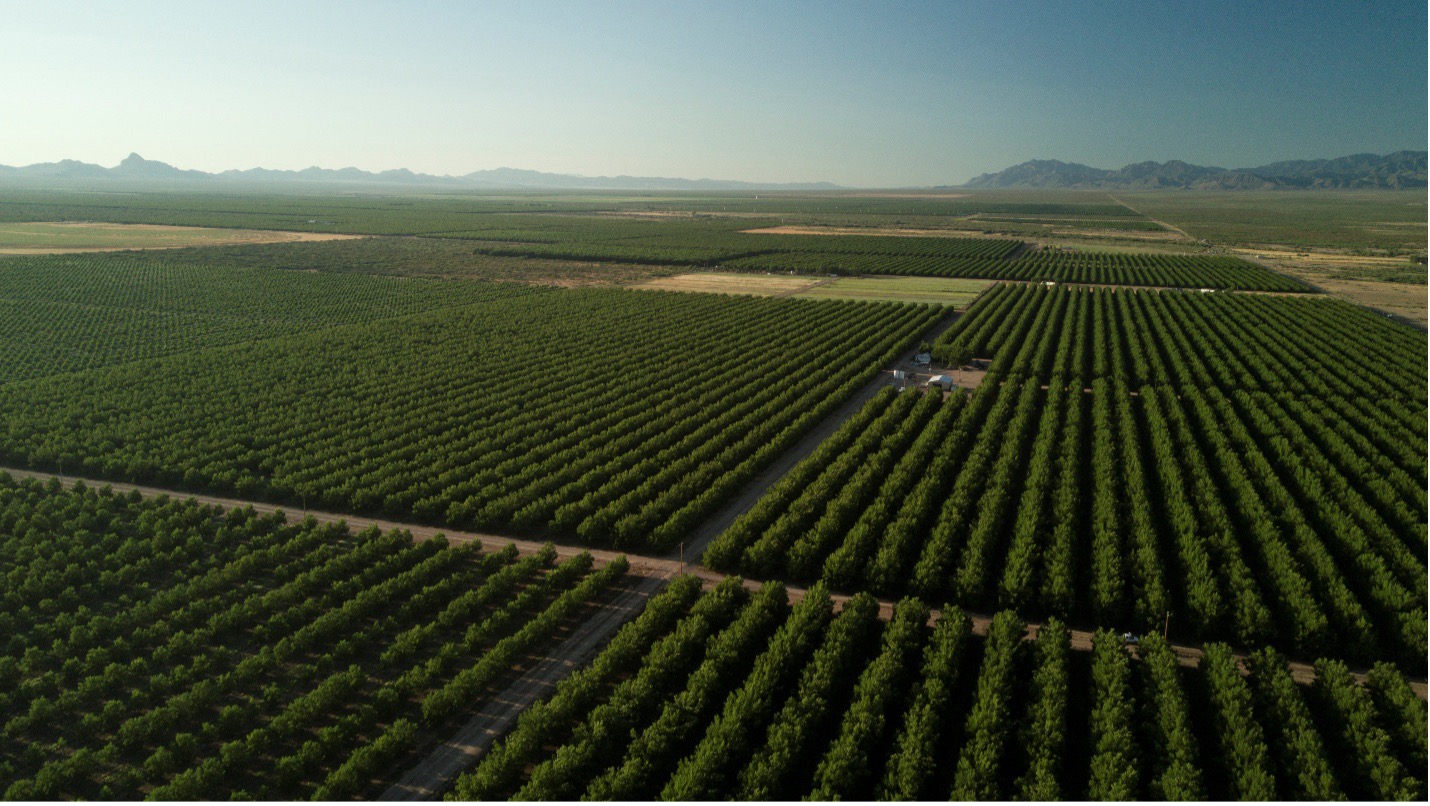
Real Stories from Real Operations
In our introduction to this video series, Garcia shares highlights from his visits with several standout producers who are living this reality:
• Brendon Rockey, a Colorado potato grower, is perhaps one of the most visible champions of regenerative agriculture in the region. By integrating cover crops, reducing tillage, and fostering a thriving biological soil community, he’s transformed what was once a struggling system into one that is productive, profitable, and sustainable over the long term.
• Hervé Lescombes in Lordsburg, New Mexico, managing one of the largest vineyard operations in the region, has applied soil health principles in a system not often thought of as “regenerative.” Their approach demonstrates how even highly managed specialty crops like grapes can benefit from soil health practices, leading to improved vine health, fewer disease issues, and more resilient soils.
• Brian Driscoll, who manages one of the largest pecan orchards in the country, shows that even perennial tree crops can be reimagined with soil health in mind. By paying attention to soil biology, cover crops, and reduced chemical inputs, he’s building a foundation for long-term orchard productivity and environmental stewardship.
What all of these operations have in common is a mindset shift. They no longer look at soil problems as isolated issues; they see them as indicators of something deeper, and they use soil health as the guiding framework to address them.
Why This Matters to You
Now, you might be asking: “What do vineyards in New Mexico or potatoes in Colorado have to do with my farm or garden in South Carolina?” The answer is: everything.
Because soil health isn’t about geography or climate, it’s about principles.

The core principles of soil health that underpin these successful Western operations are the same ones that apply anywhere:
• Keep the soil covered.
• Minimize disturbance.
• Maximize diversity.
• Keep living roots in the soil as much as possible.
• Integrate livestock where appropriate.
These aren’t region-specific tips, they’re universal truths. And while implementation will vary depending on your specific conditions, the outcomes speak for themselves.
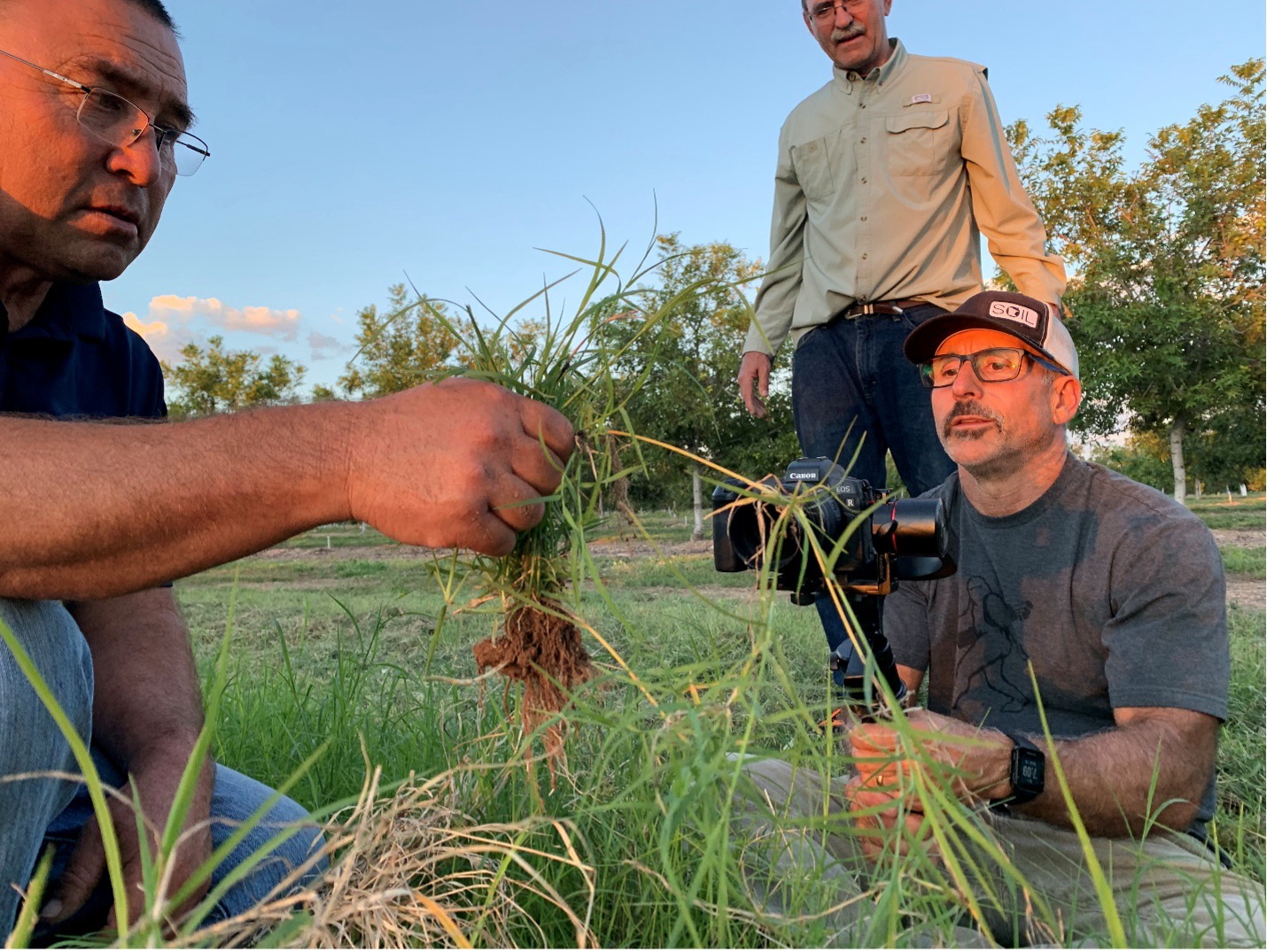
What we hope this blog series does is not just inspire you with stories of far-off farms, but also show you what’s possible and help you adapt those possibilities to your own land, regardless of the climate or scale. It’s also to break down the myth that soil health is only relevant to certain kinds of operations or only applicable to certain regions. That’s simply not true.
Coming Up Next
Over the next several weeks, we’ll share more videos, insights, and blog posts featuring the farmers and ranchers who are doing the hard work of adapting soil health to their conditions – and succeeding. Each blog will include links to the full videos, so you can hear these stories in the farmers’ own words.
Whether you’re dealing with compacted soils, water management headaches, or declining productivity, soil health practices offer a way forward. These Western producers have shown us that even in the most extreme conditions, these principles hold, and they’re worth adopting wherever you farm.
Stay tuned; soil health doesn’t stop at state lines, and neither should our learning.

